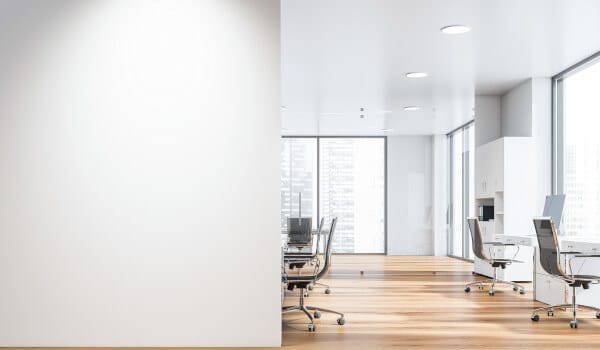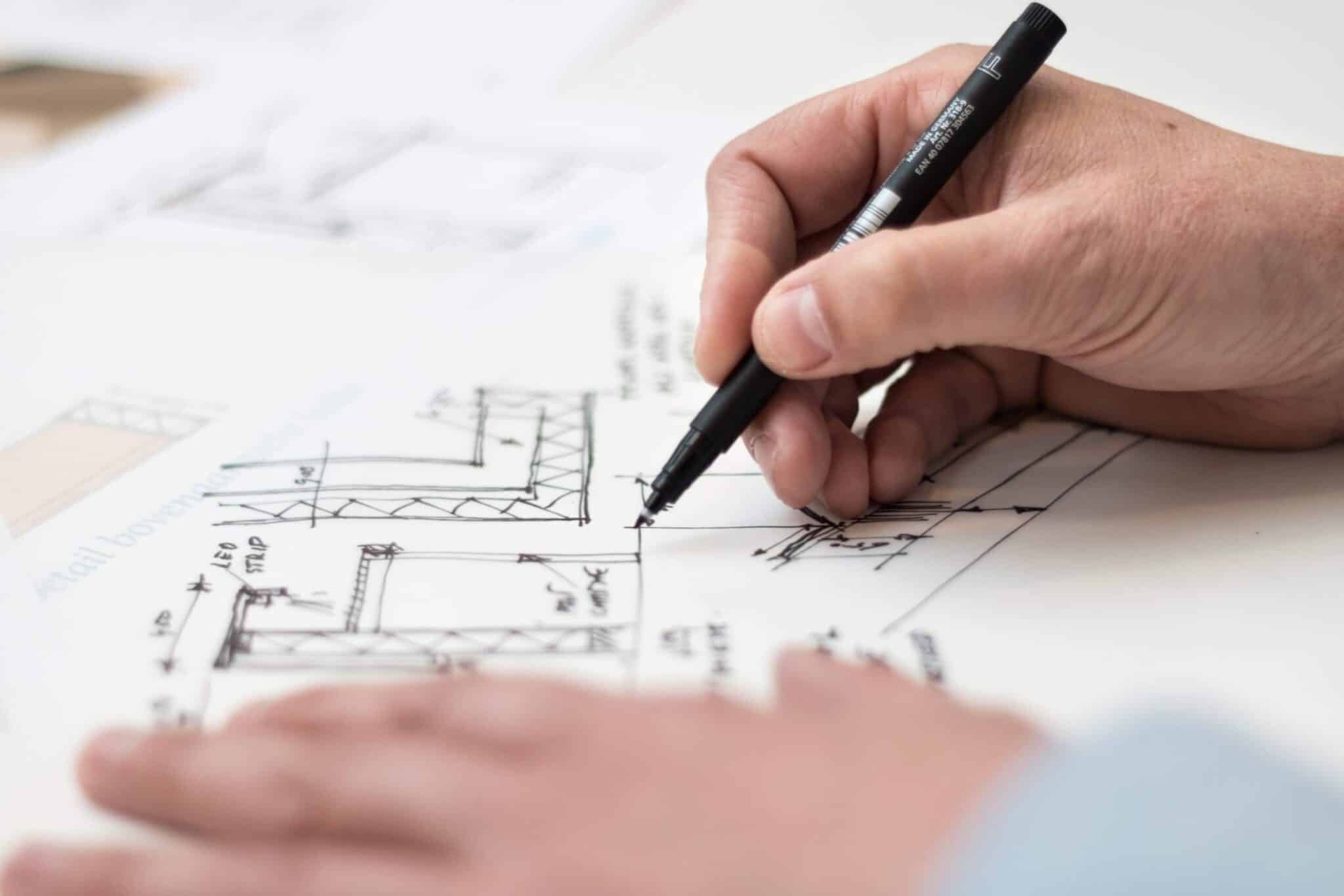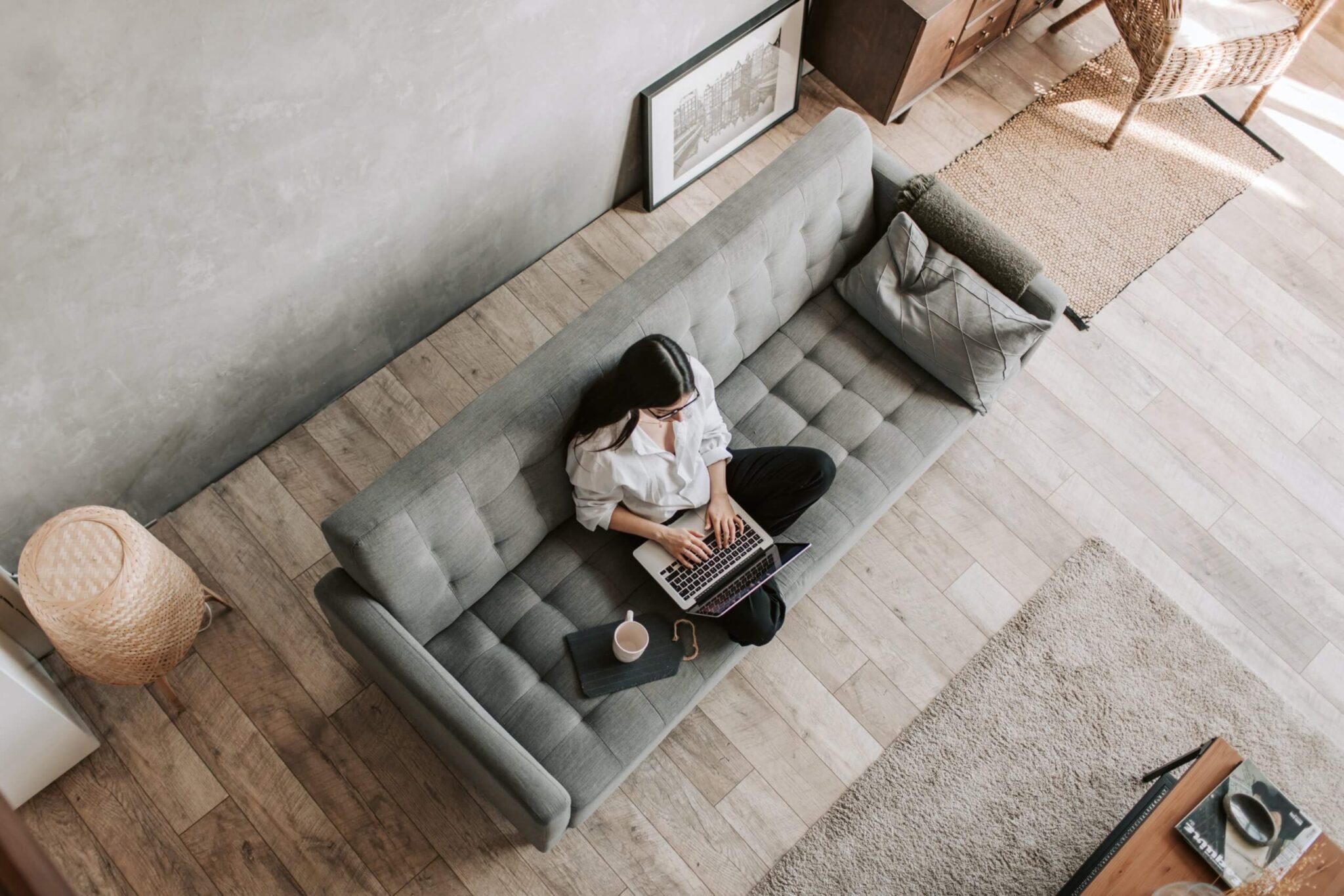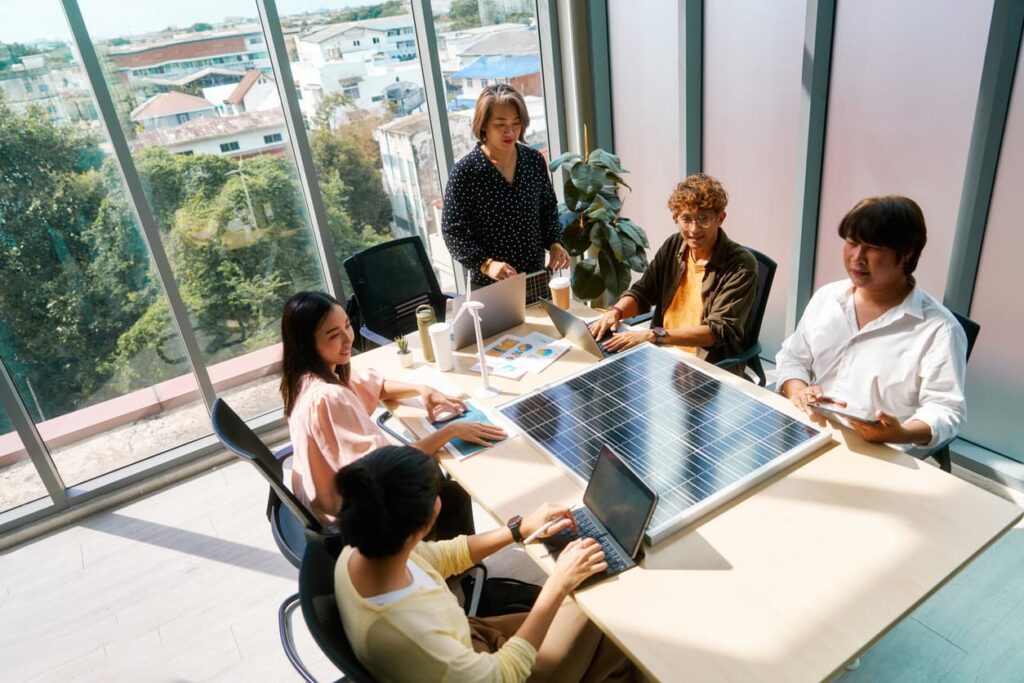COVID-19: FM Strategies to implement for physical distancing at work
By Brina Martens• 6 mins read•May 12, 2020


As companies prepare to head back into the office, it’s crucial to maintain physical distancing in the workplace.
The term “social distancing” means staying at least six feet from another person, but it can send the wrong message and actually encourage social isolation. Organizations and FMs may find that the phrase “physical distancing” is better for simplifying the concept without forgoing the importance of physical distance between individuals. Social connections (from a distance) are essential to one’s mental health, but physical distancing will ultimately slow the spread of the coronavirus.
Like planning for other components of this transition, facility managers (FMs) can help create and implement a comprehensive plan for safe physical distancing while at work.
This is a follow-up to the recent article on how facility managers can stop the spread of the coronavirus in the workplace. In this post, we’re discussing not only the importance of having a physical distancing policy but how FMs can make modifications to the workplace and related guidelines to encourage physical distancing.
The importance of physical distancing in the workplace
By now, we know the significance of physical distancing from others to minimize the spread of COVID-19. According to the Centers for Disease Control and Prevention, physical distancing is the best way to reduce the spread of the virus.
Therefore, enforcing a strict policy around this practice is an essential part of preventing an outbreak in the office. For any size organization, physical distancing in the workplace will require attention and commitment from every employee.
Creating a plan that details why physical distancing in the workplace is important to stop the spread of the virus and how employees can do their part in keeping themselves and each other safe can make the transition easier for all.
Let’s discuss a few ways FMs can make physical distancing work in the workplace.
Introduce physical distancing with new desk and seating arrangements
Before employees are permitted to come back to work, you’ll want to make sure the office is configured for successful physical distancing. This way, you can hit the ground running and avoid any unsafe (and awkward) shuffling while people are trying to work.
Due to the highly contagious nature of this coronavirus, it’s best to allow employees back into the office in increments. Giving everyone in the company the green light to come back all at once can be potentially harmful and set your company back.
There are several ways to adjust your workplace seating to accommodate physical distancing practices. But no matter how you choose to arrange your office, determining your active capacity will help you create a baseline for future seating changes to be measured against..
First, determine the percentage of employees that will be coming back into the workplace. This percentage is usually established by the leadership team, many of our clients are aiming for roughly 30% of employees coming back into the office..
Then, design a new floorplan that can accommodate that percentage while keeping the six feet apart rule intact. One way to think about physical distancing is to imagine the six-foot perimeter as a line, like a moat, for example. A desk may be far enough away from other desks but if the six feet radius of that desk doesn’t allow enough room for another person to pass without breaching it, then it isn’t far enough away.
Not many IWMS have a distancing planner tool that makes it easy to see six feet radiuses for each seat. OfficeSpace has developed a Distancing Planner that leverages AI technology to show you exactly which desks are safely distanced and which ones aren’t. There are several ways to approach allocating these desks to employees. You can assign employees desks or update them in bulk to become bookable.
Collaborate with the leadership and human resources teams to figure out the best way to limit the new capacity of employees.

Reconfigure the workplace to cater to physical distancing practices
Once you’ve defined your active capacity, moving furniture to accommodate these changes is the next obstacle.
Depending on the layout of your building, your furniture, and the size of your company, this reconfigure could include:
- Moving desks to the appropriate distance
- Spacing employees appropriately in meeting rooms
- Adjusting common spaces to adhere to physical distancing practices
In addition, FMs could create a map that employees can refer to using a visualization tool. The workplace will likely look (and feel) much different than it did a few months ago due to these changes. An interactive floorplan that employees can explore and search with can prepare them to come back to the workplace and assure them that proper safety measures are implemented.
The main goal is to keep people separate from each other, so as long as it’s still a functioning space while everyone is apart, this shift will help immensely.
Implement work shifts
Grouping employees into work shifts could mitigate the spread of COVID-19. Reducing the number of people in the office is not only safer, but it could make it easier for the employees who are in the office to adhere to the physical distancing policy.
To make a floor safe for proper physical distancing, your active capacity must be reduced. FMs can set desks to be bookable instead of assigned, so employees can find and reserve an active (and safe) desk from home or their mobile device in advance of traveling to the office.
For example, you have an active capacity of 50 seats but know 150 people will be using those seats throughout the week. Employees can book their seats remotely and find peace of mind knowing which desk they will be using and where they need to go, before they arrive..
This tactic not only makes things easier for the FM team from a logistics standpoint but FMs can provide a report for the cleaning crew that indicates which desks were used and therefore need to be thoroughly cleaned between shifts.
When determining which employees are permitted to work in the office, consider seating people from the same department in different areas. That way, if there is an outbreak, it doesn’t wipe out the entire department.
Slowly transitioning employees back into the building means a more controlled environment to contain or eliminate the virus.
Allow employees to choose to work remotely if they want
Not all employees will be ready to work in the office once it’s permitted to do so. It’s important to respect the fact that working in close proximity to others—no matter how much cleaning is done routinely—can be off-putting to many.
Plus, for employees that are immunocompromised (e.g., those who have asthma, bronchitis, autoimmune diseases, as well as those who are older or who are pregnant) could benefit from extended physical distancing and working from home.
Therefore, it’s critical to give employees the option to continue to work remotely if they wish. No matter their reasoning to continue working remotely, it’s important to treat each employee with empathy and to respect their decision.
Prior to opening the building, ask employees to notify the FM team if they would like to continue to work remotely. This can help you figure out how many employees you expect back in the workplace at a time and will help plan shifts and with overall planning.

Eliminate the possibility of close interactions
Helping employees stick to physical distancing practices involves removing the possibility of potential close interactions. If it’s easier for people to move around the office without risking a potential interaction or having to unnecessarily touch surfaces, that will greatly reduce the spread of the virus.
This could take form in several ways:
- Monitoring the volume of traffic in hallways and bathrooms
- Installing motion sensors for things like doors, paper towel dispensers, etc.
- Adding plexiglass dividers between desks and common spaces if moving furniture isn’t an option
- Implementing a walking route through the workplace to reduce the chance of employees passing each other too closely
Also, continue conducting meetings through video conferencing software like Zoom, Teams, or Go-toMeeting, even in the office. This can include team members that may still be working from home, and prevent people from gathering in meeting rooms
According to the CDC, coronaviruses can live on various surfaces for different amounts of time. When employees arrive at the workplace (and before they enter the main building) instructing them to place any personal belongings like purses, coats, lunch boxes, and more into lockers serves as a safe and efficient way to monitor the number of items going into the building. Be sure to also place sanitizing stations near the lockers.
Identify all the potential opportunities where people could come into close contact and figure out a way to make it safer (or eliminate it completely if needed). Doing what you can (and what your building will allow) to reduce potential contact between employees and surrounding surfaces can minimize the spread of the virus.
Physical distancing will prevent an office-wide outbreak
The best way to approach a transition like this is to be as prepared as possible. Prepping the workplace for physical distancing ahead of time will mean employees feel safe from the moment they walk into the building.
It’s important to be empathetic and communicative to employees during this shift. The more you communicate and make yourself available to answer questions, the safer the workplace will be. Do what you can to make employees feel as safe as possible while maintaining your company culture.
Comment below or send us a tweet to let us know how you’re going about this transition with your company.
Photo Credits: iStock, Lex Photography, Austin Distel, OSS, Vlada Karpovich, Edward Jenner



